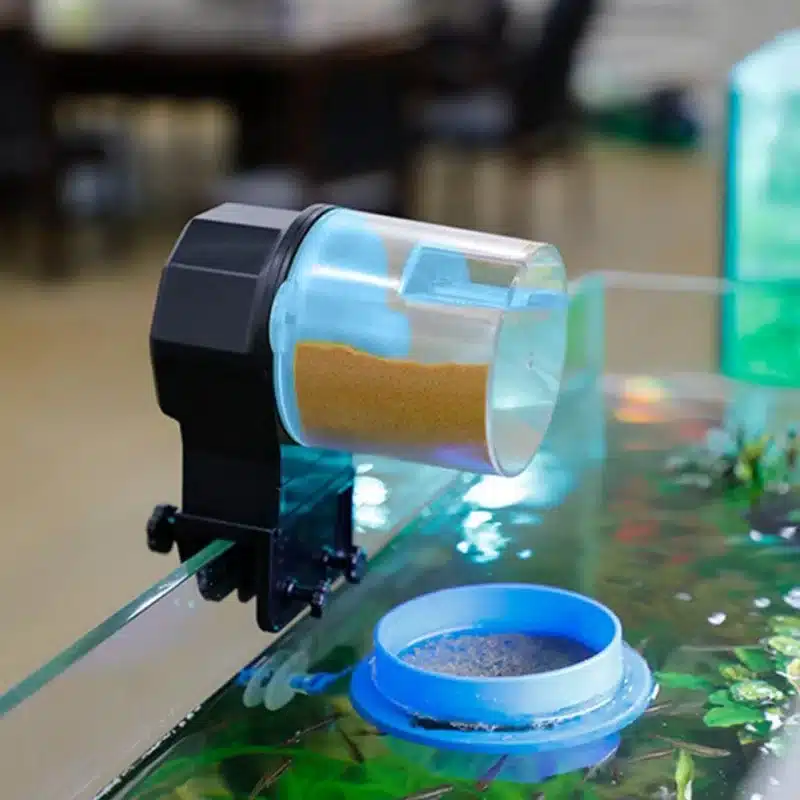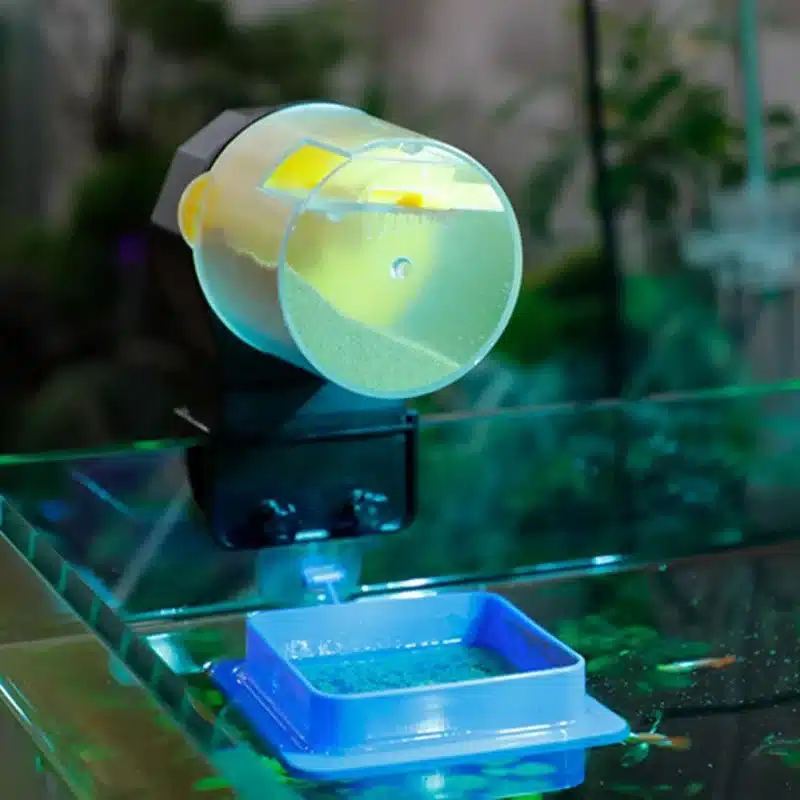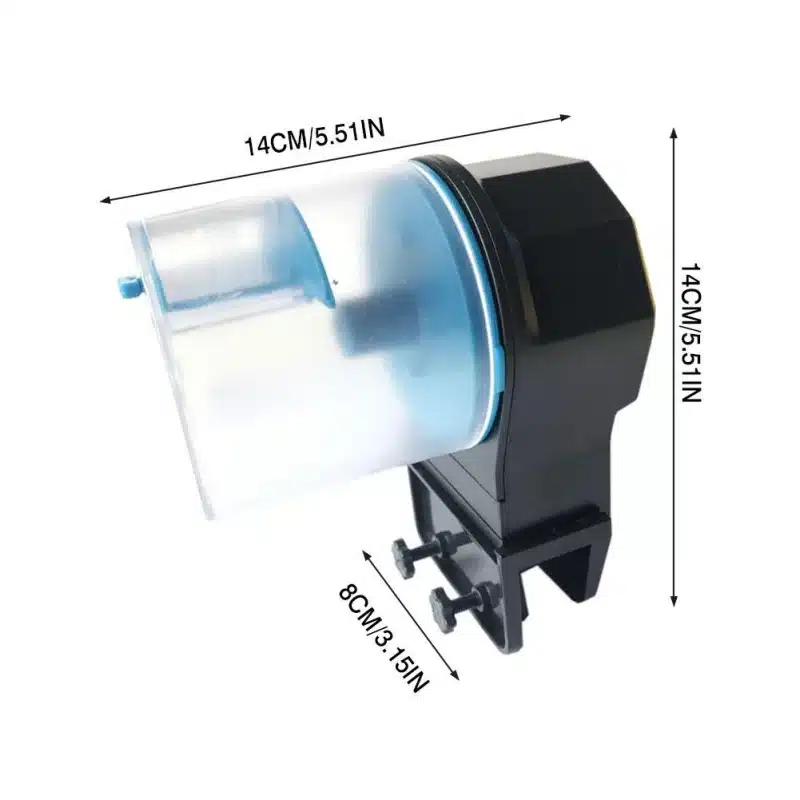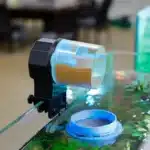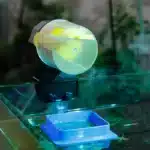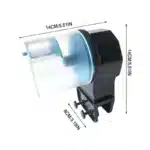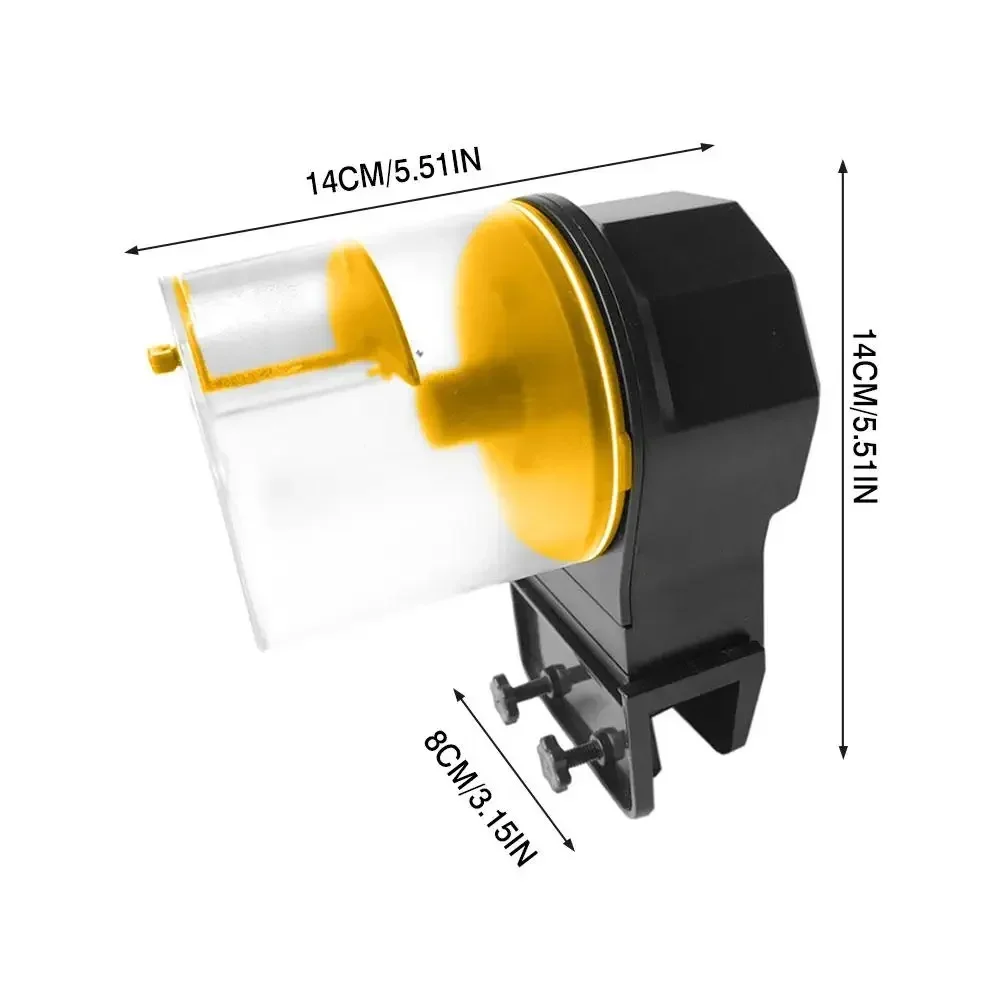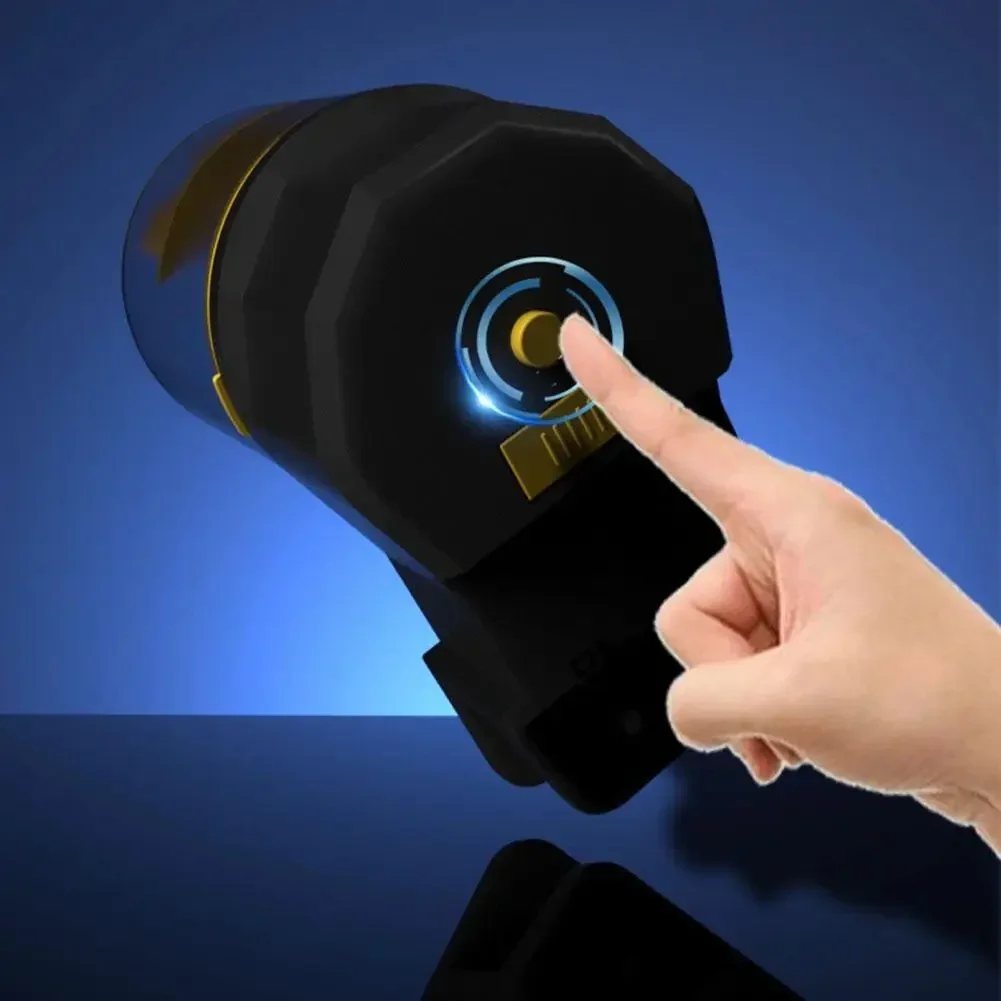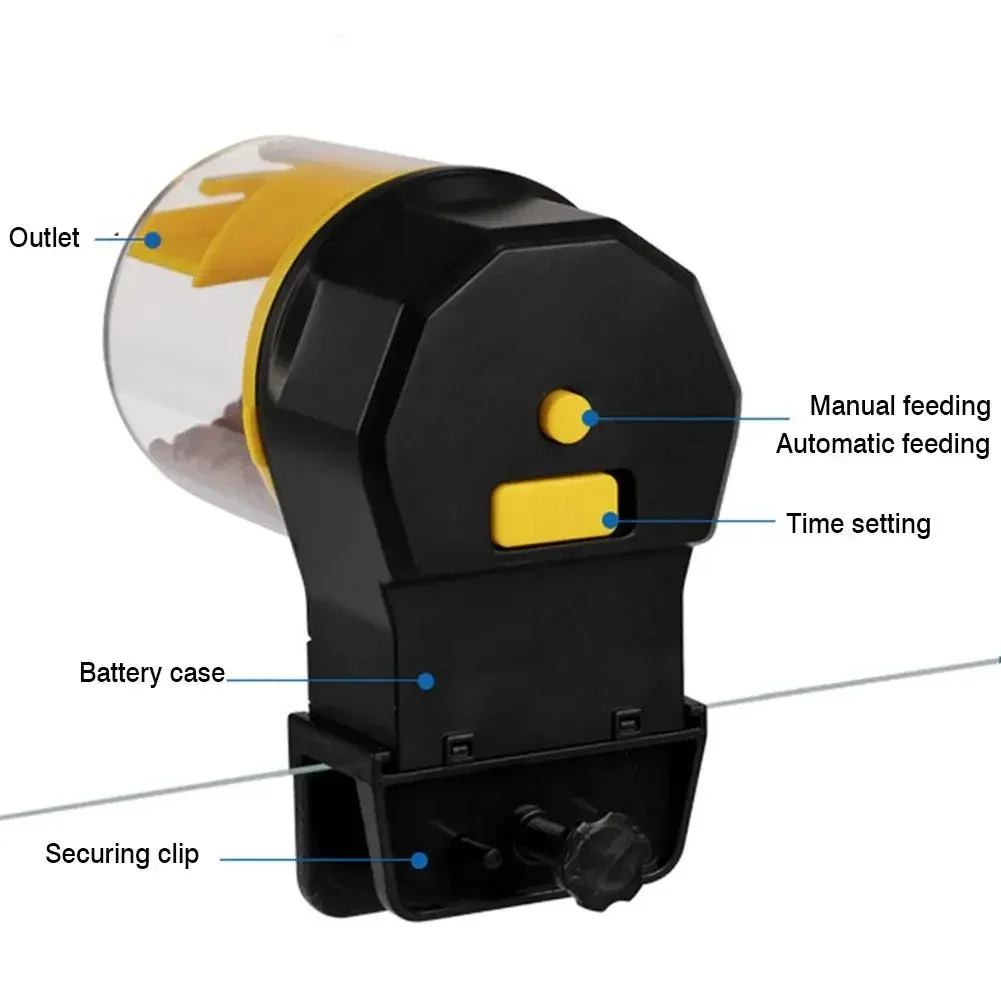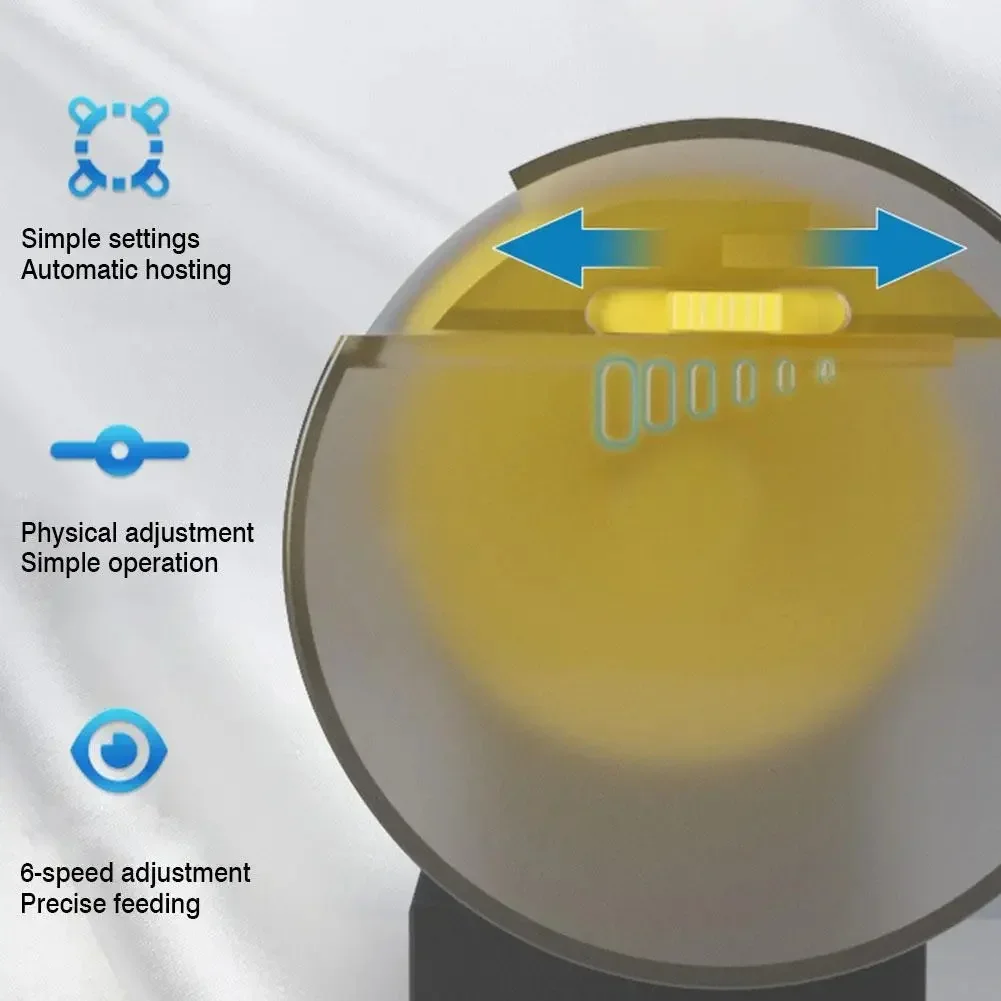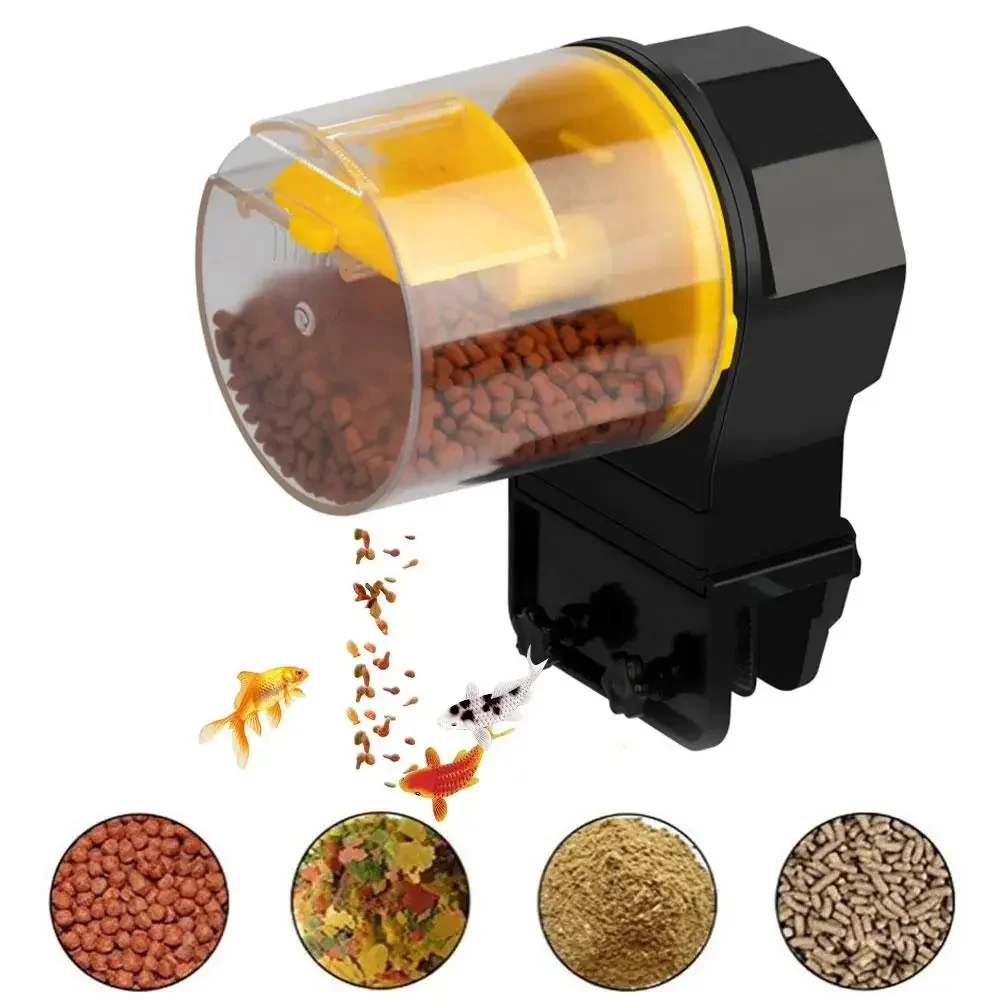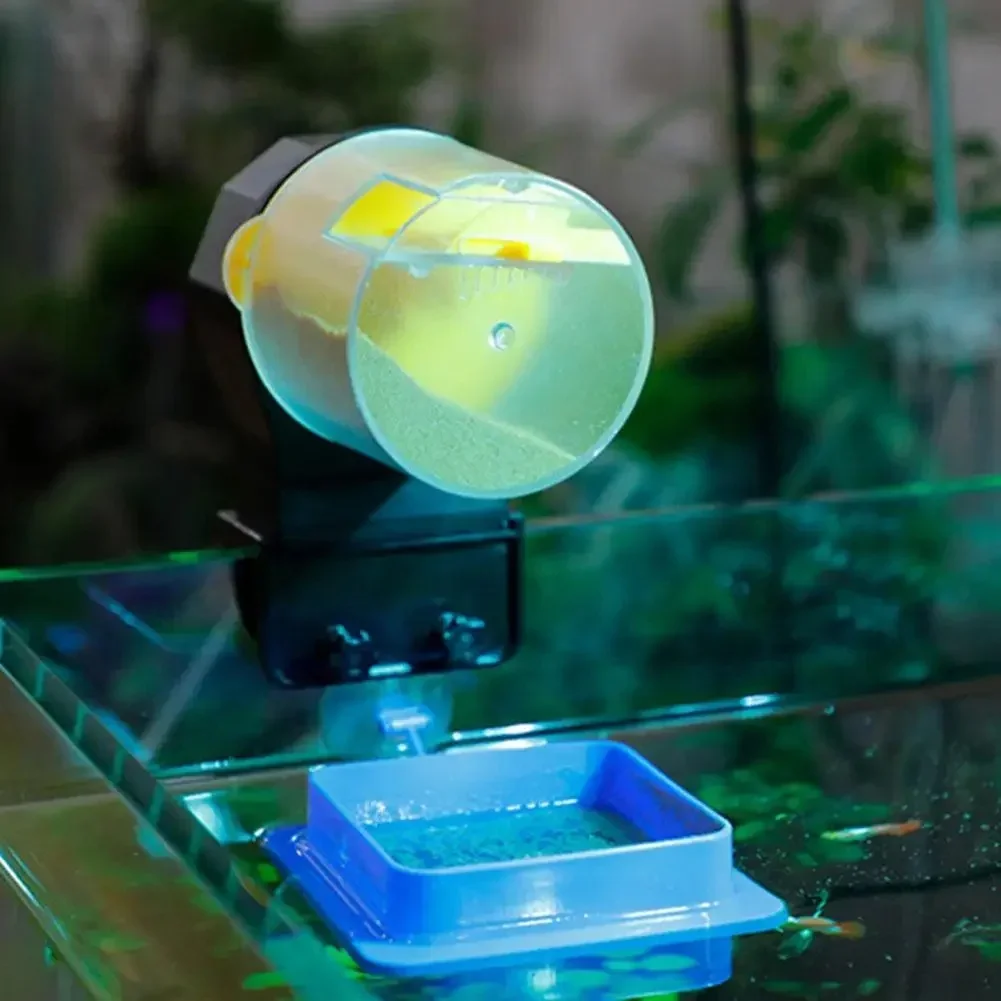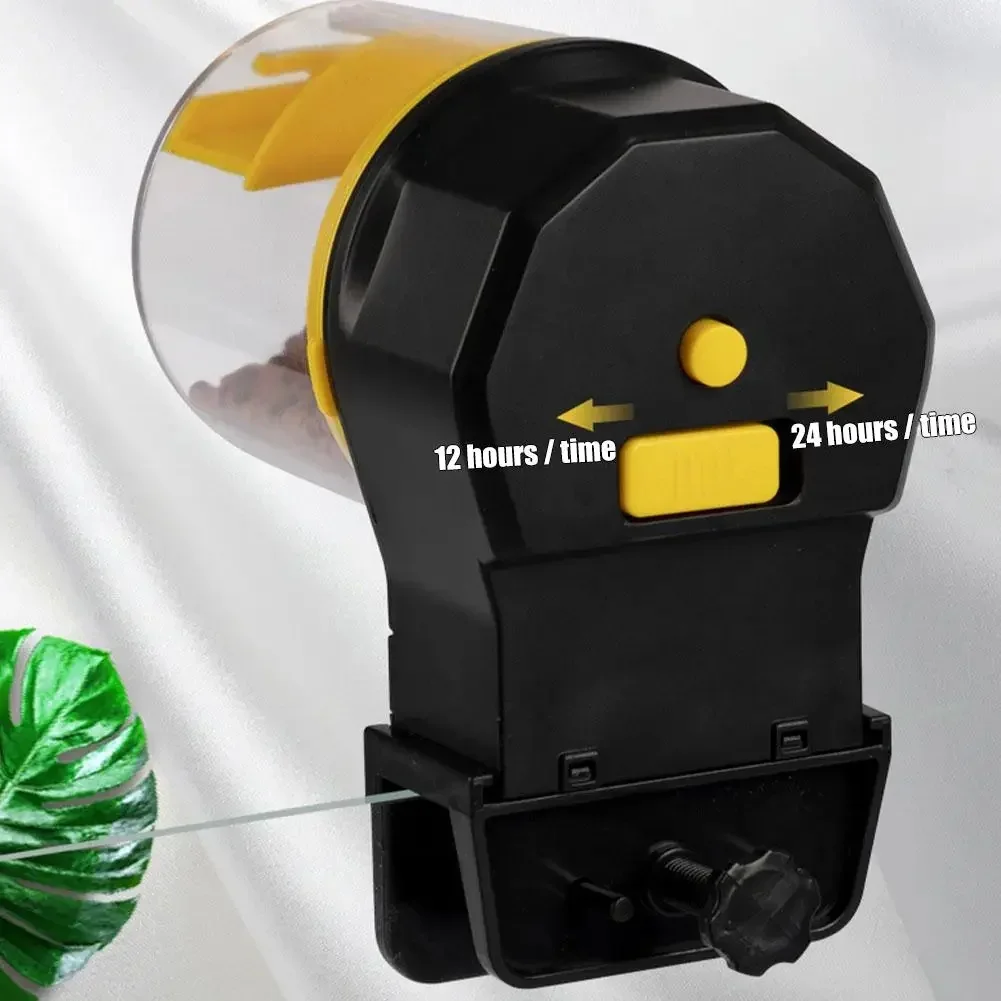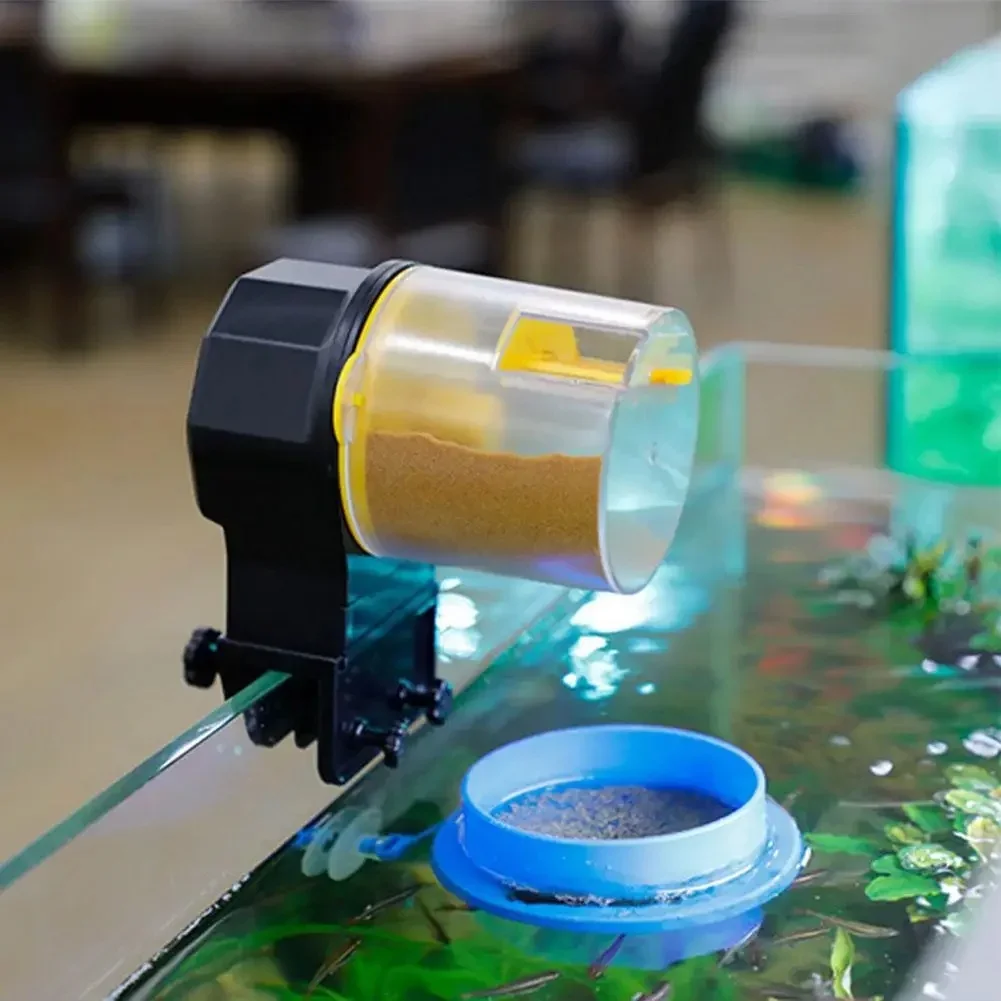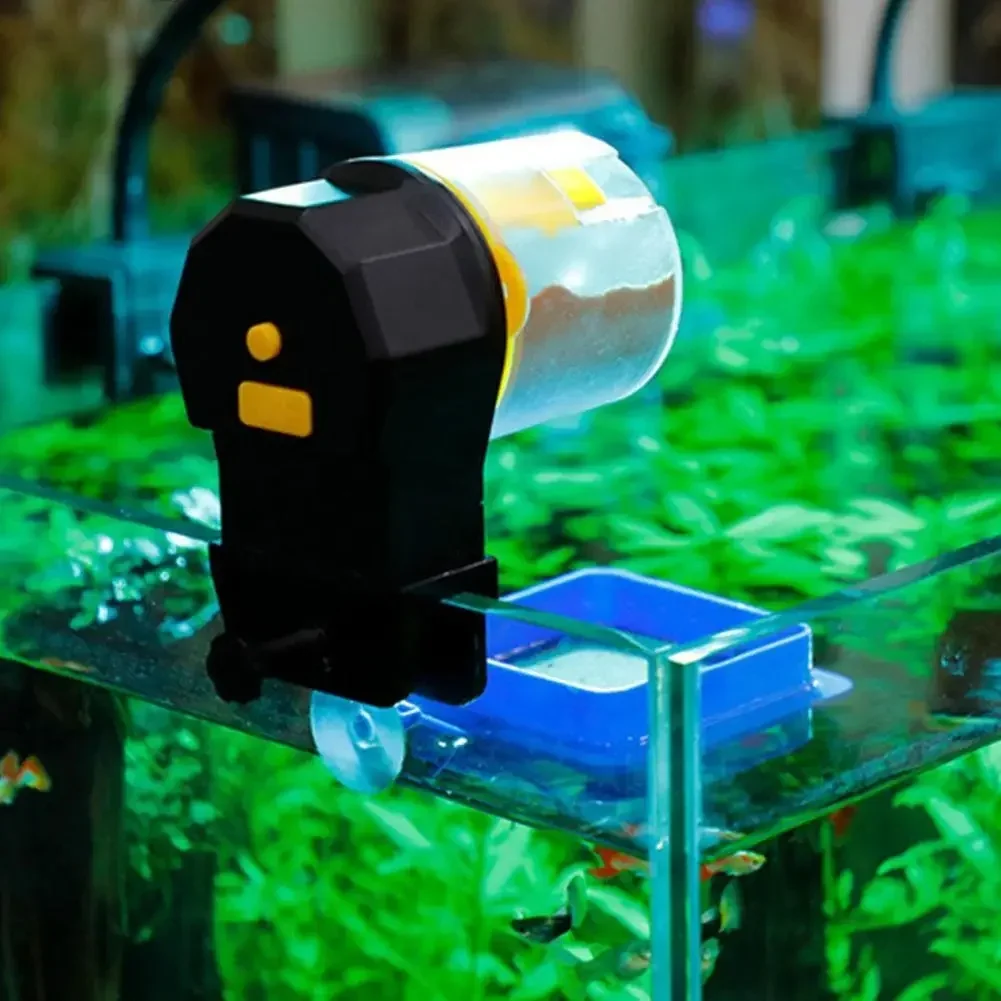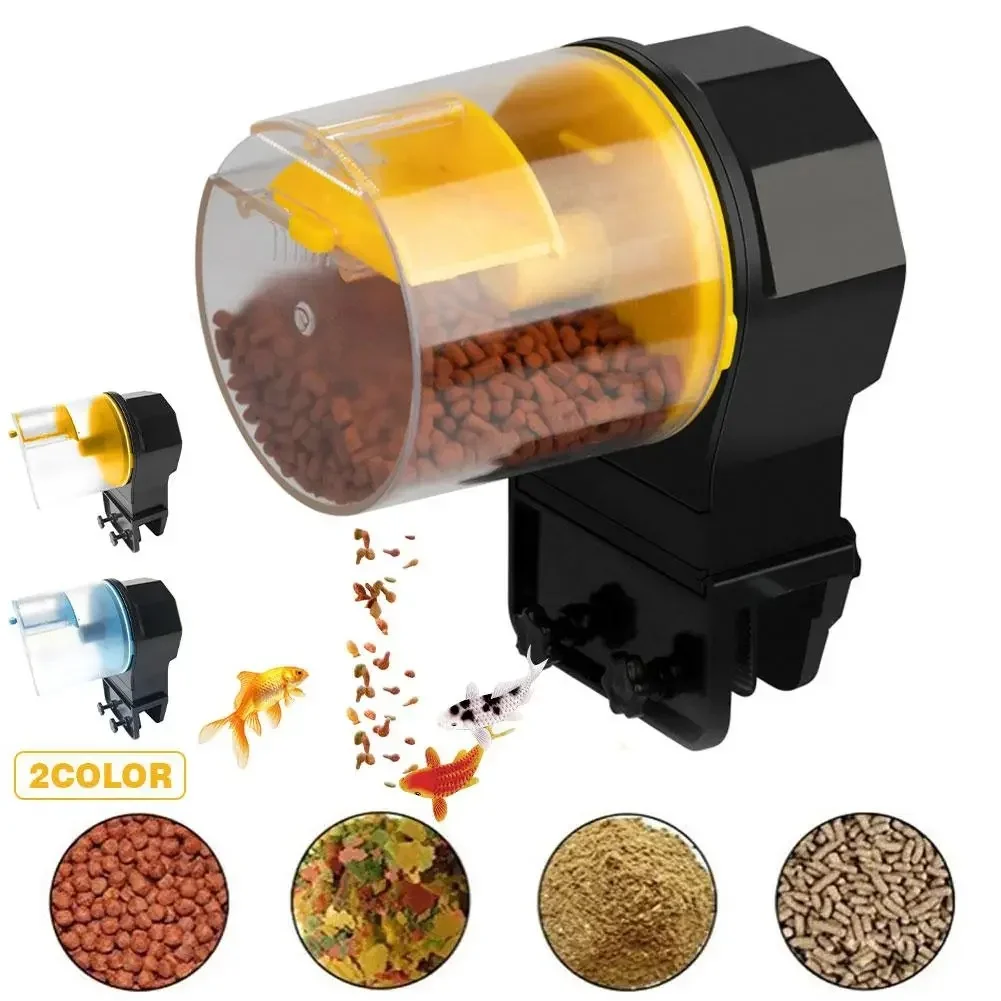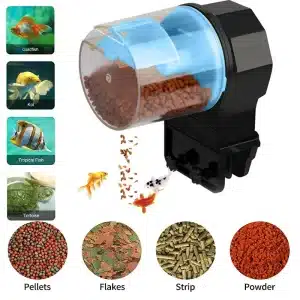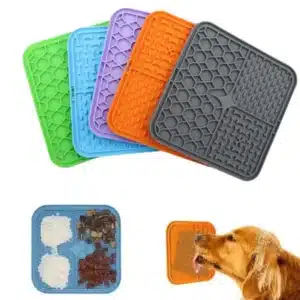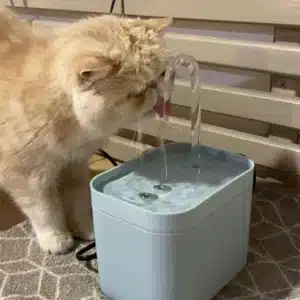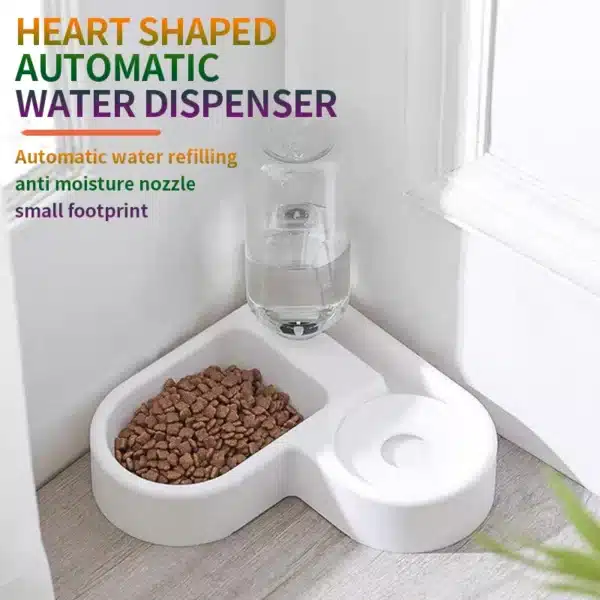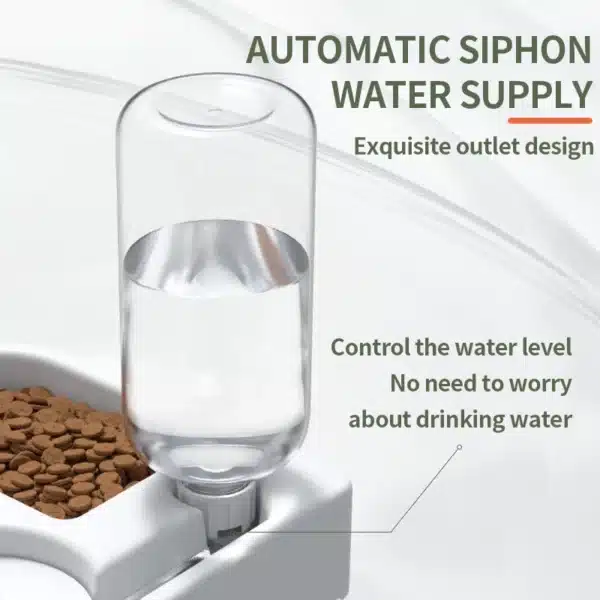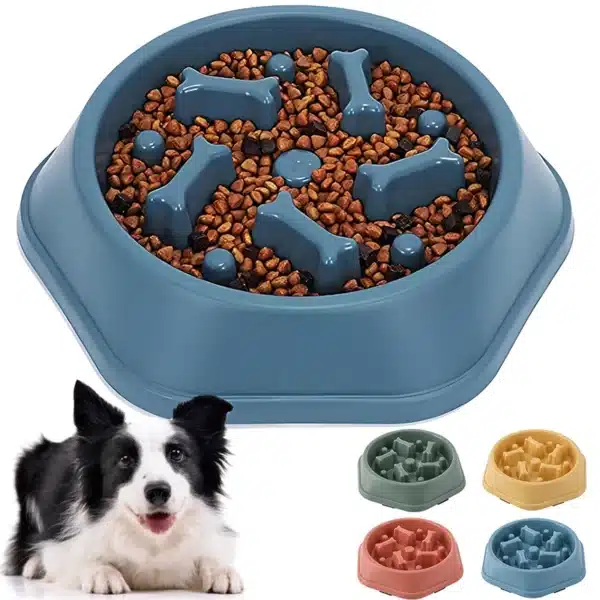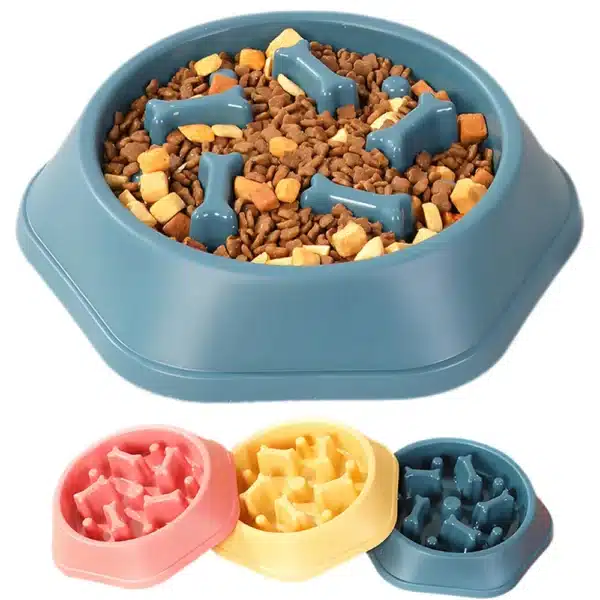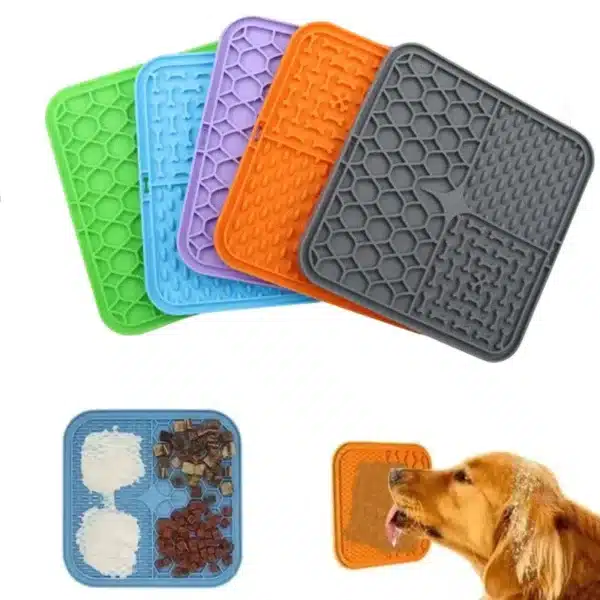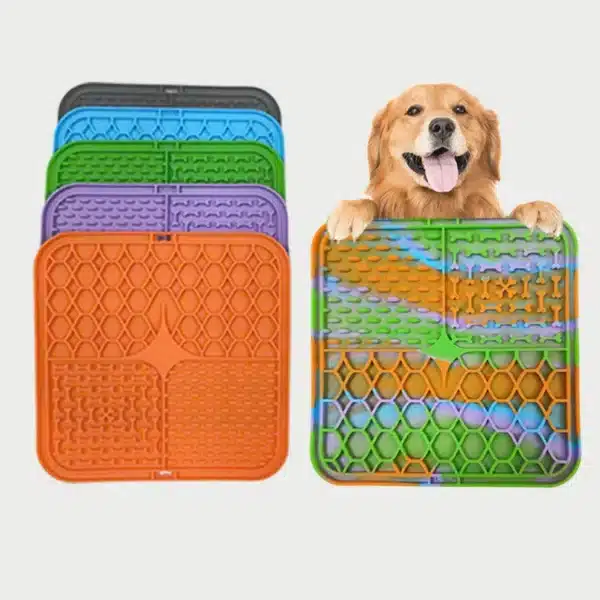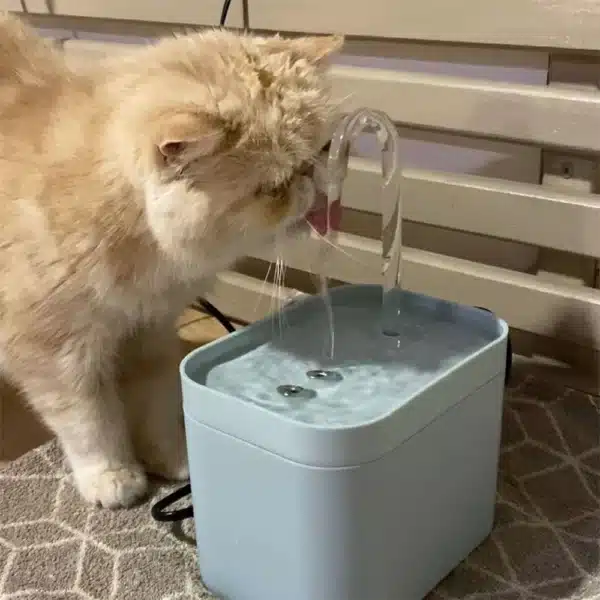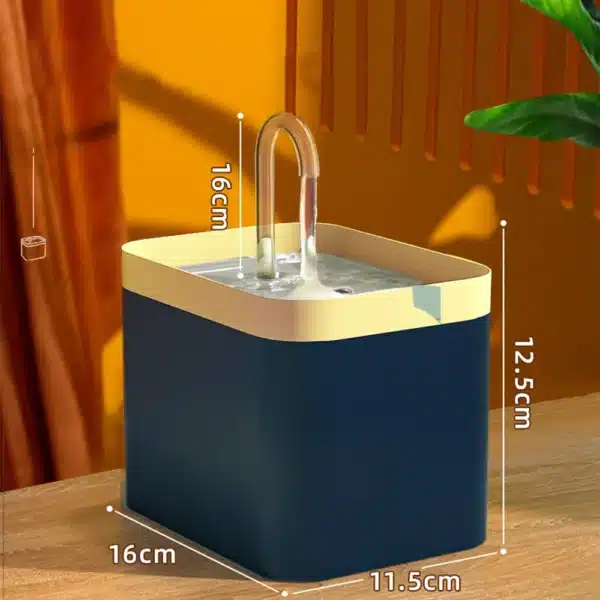Keep your aquarium on a healthy, consistent feeding routine with the Automatic Fish Tank Feeder. Whether you’re at work, away for the weekend, or simply want more precision, this feeder helps you deliver measured portions on schedule — reducing waste, protecting water quality, and supporting steady fish health. Set timers, fine-tune servings, and enjoy peace of mind knowing your fish are fed even when you’re not home. 🌟
Key Benefits at a Glance
- ⏲️ Programmable Schedules — Set multiple feed times per day to match species needs (e.g., small, frequent feedings for juveniles; consistent daily feedings for adults).
- 📦 Adjustable Portions — Dial in the amount per rotation to prevent overfeeding, a common cause of cloudy water and stress.
- 🌫️ Cleaner Water — Consistent portions help limit excess food, which can break down into ammonia and nitrite over time.
- 🍽️ Pellet & (Some) Flake Friendly — Works best with uniform pellets or micro-pellets; many aquarists use crushed flakes or granules to improve consistency.
- 🔋 Power Options — Designed for worry-free operation; many users prefer batteries for outage protection or USB where convenient.*
- 🌧️ Anti-Moisture Design — Covered hopper helps keep food dry; store food in a cool, dry place to preserve nutrients.
*Always check your specific variant’s power specification on your product package or order confirmation.
Why Portion Control Matters
Overfeeding is among the easiest mistakes to make in home aquariums. Excess food decays, stressing biofiltration and compromising water quality. A programmable feeder delivers predictable amounts each time, helping you maintain stable parameters — better for fish appetite, growth, and coloration.
Set-Up Tips for Best Results
- Choose the right food size: Pellets or granules that flow easily reduce clumping. If using flakes, crumble them to a consistent size.
- Start small, then adjust: Begin with a modest portion and observe how much your fish consume within a few minutes. Increase gradually if needed.
- Positioning: Mount the feeder where food drops into flow (e.g., near filter outflow) so feed disperses and all fish can access it.
- Test before traveling: Run the feeder for several days while you’re home to verify timing, portion size, and food flow.
- Keep it dry: Ensure the hopper lid is secure; avoid condensation by placing the unit away from splashes and bubbling airstones.
Healthy Feeding Routines 🧭
Most community fish thrive on modest, regular feedings; juveniles and herbivores may need smaller, more frequent meals. Consistency helps reduce stress and supports strong immune function. Your automatic feeder helps you deliver that reliability every day, even if your schedule changes.
Maintenance & Care
- Weekly: Check for any caking in the hopper and wipe the chute with a dry cloth.
- Monthly: Empty remaining food, clean, and refill fresh. Rotate food stock to maintain vitamins and palatability.
- Every refill: Re-confirm portion size (different foods flow differently) and re-test one cycle with fish watching.
Responsible Fishkeeping — Expert Guidance
Feeding practices and water quality go hand-in-hand. Consistent, measured feedings reduce waste and help protect your nitrifying bacteria. For evidence-based feeding guidelines and general care, see the expert resources linked below (in the “Further Reading” section of this page).
FAQ ❓
How many times per day should I feed with the Automatic Fish Tank Feeder?
For most adult community fish, once daily is sufficient; some keepers split that into two smaller feedings for better digestion. Juveniles and herbivores may require more frequent, smaller meals. Start with a conservative schedule and adjust based on species and observed appetite.
What type of food works best — flakes or pellets?
Uniform pellets or granules usually dispense most consistently. If you prefer flakes, crumble them to a consistent size and test a few rotations to ensure smooth flow.
Will this help keep my water clearer?
Yes — by preventing excess food from entering the tank, you reduce organic waste that can break down and affect ammonia/nitrite levels. Pair this with routine water changes and filtration maintenance for best results.
Can I rely on it while I travel?
Absolutely. Test the schedule and portion settings for several days before you leave. Replace batteries (if your unit uses them) or ensure reliable power. Consider asking a friend to do a quick visual check mid-trip for peace of mind.
How do I prevent moisture from clumping the food?
Keep the feeder lid closed, avoid placing it over vigorous bubbles, and store food in a cool, dry spot. Many aquarists prefer pellets for this reason.
Is it safe for sensitive or slow-eating species?
Yes — reduce the portion size and, if needed, add an extra small feeding. Observe to be sure timid fish get their share. Feed sinking micro-pellets for bottom dwellers.
How often should I clean the feeder?
Wipe the chute weekly and fully empty/clean the hopper monthly or at each food change. Never immerse the motor housing; use a dry cloth.
Further Reading (Authoritative)
Summary
The Automatic Fish Tank Feeder brings precision and consistency to your aquarium — helping you avoid overfeeding, stabilize water quality, and support long-term fish health. With programmable schedules, adjustable portions, and simple maintenance, it’s a small upgrade that makes a big difference for your aquatic community. 🐟💧



